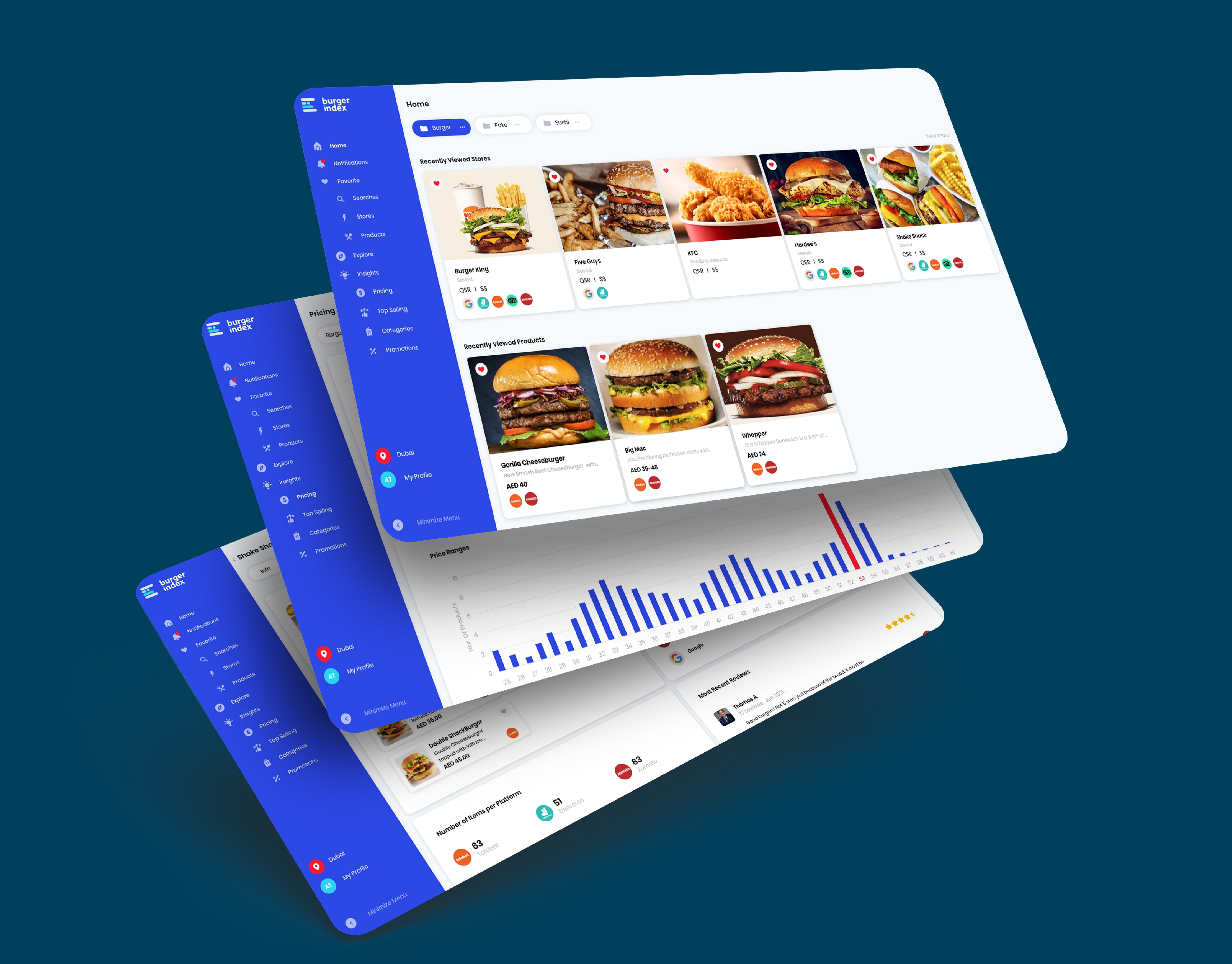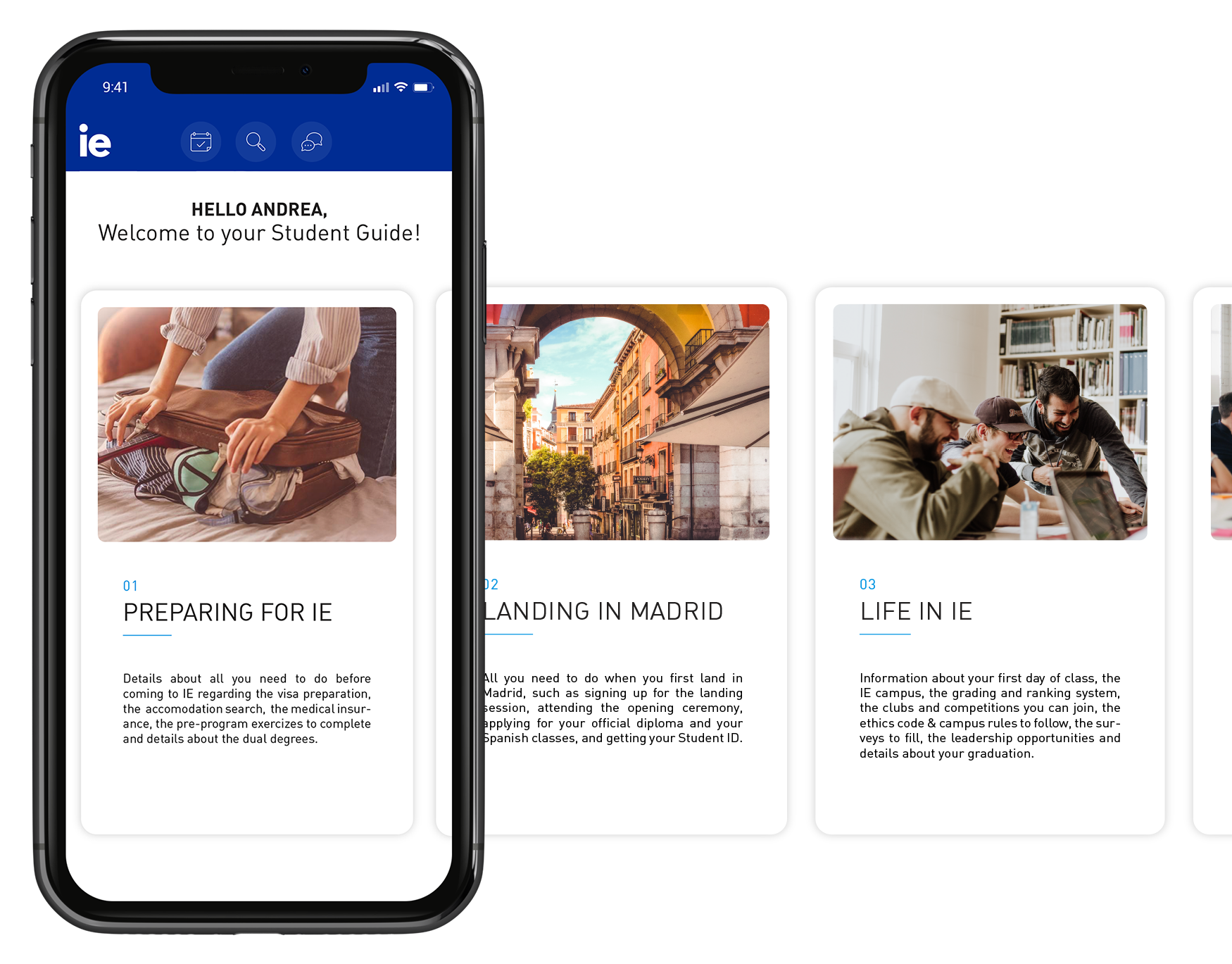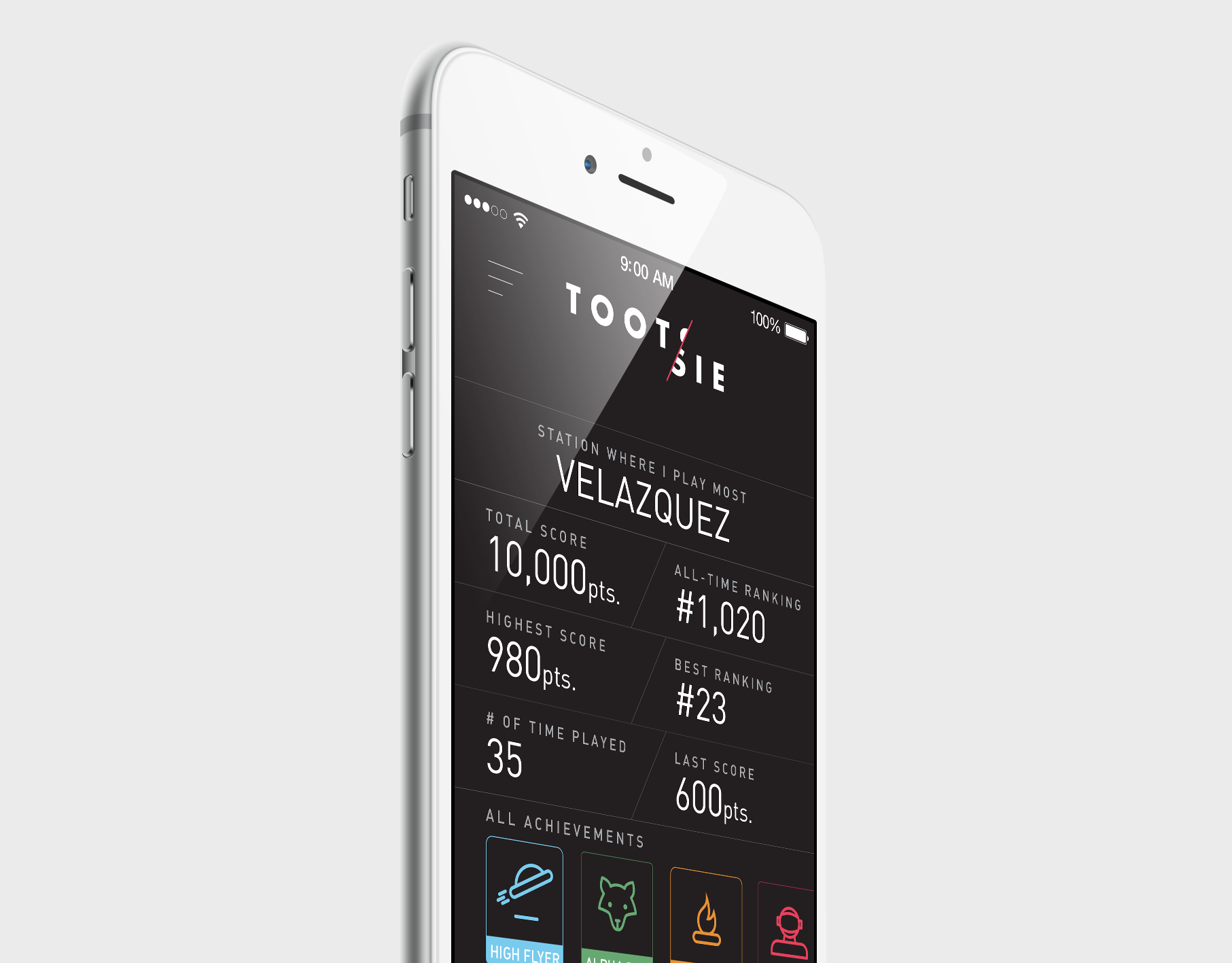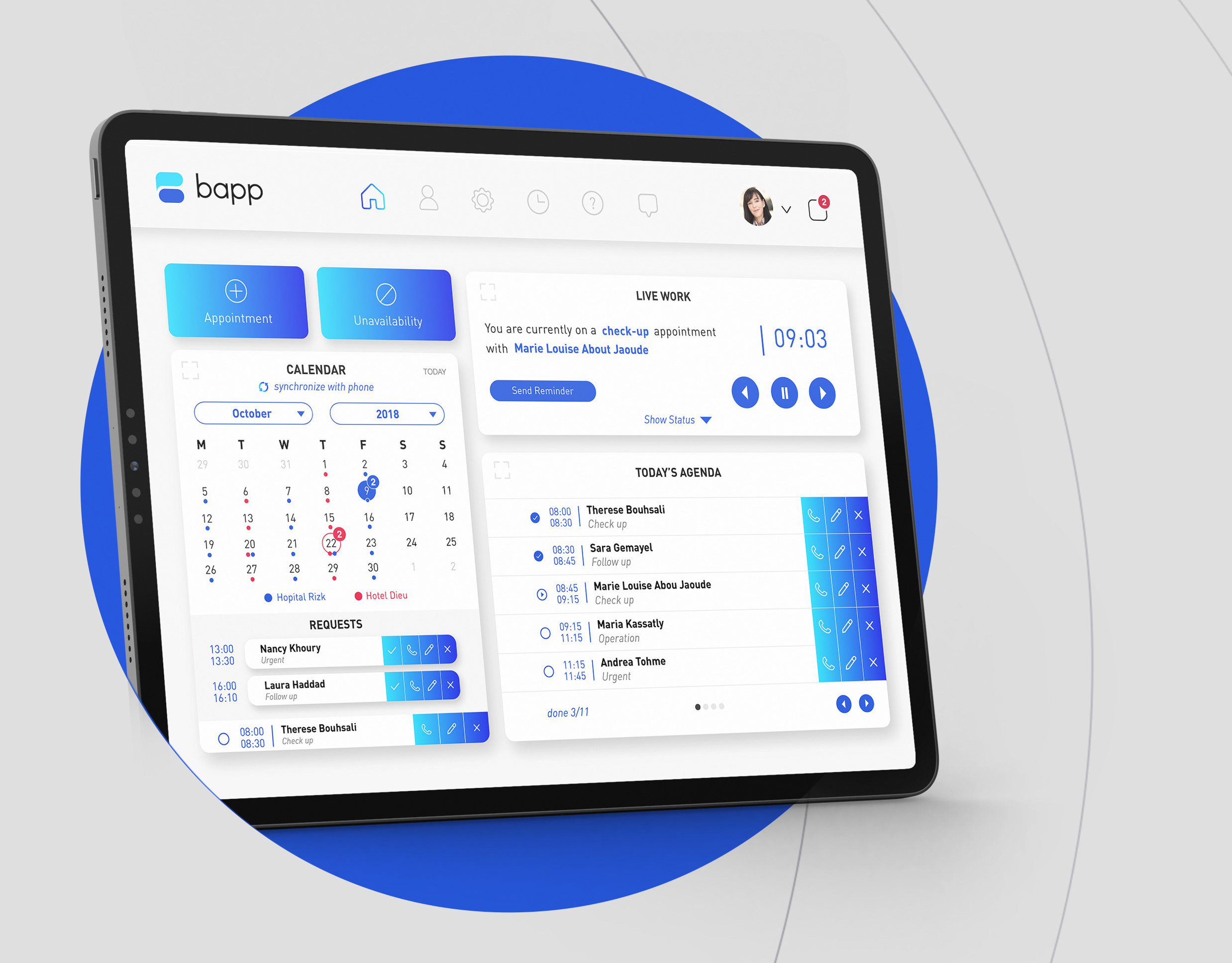
Oslo Freedom Forum
Interaction Design, UI/UX, Web Design

Burger Index
Product Design, UI/UX, Branding

Bloom
Product Design, Branding, UI/UX

Wave
UI/UX, Branding, Web Design

Mindset
UI/UX, Web Design, Interaction Design

Urbanbuz
UI/UX, Illustration, Product Design

Bank Audi Mobile App
Interaction Design, UI/UX, Product Design

IE Student Guide
Interaction Design, UI/UX, Web Design

Tootsie AR Game
Interaction Design, Product Design, UI/UX

Bapp
Product Design, UI/UX, Web Design

Nada Debs
Product Design, UI/UX, Web Design

Bank Audi Website
Product Design, UI/UX, Web Design

M+M Logistics Website
Product Design, UI/UX, Web Design

Hospitality Presentation Pitch
Graphic Design
